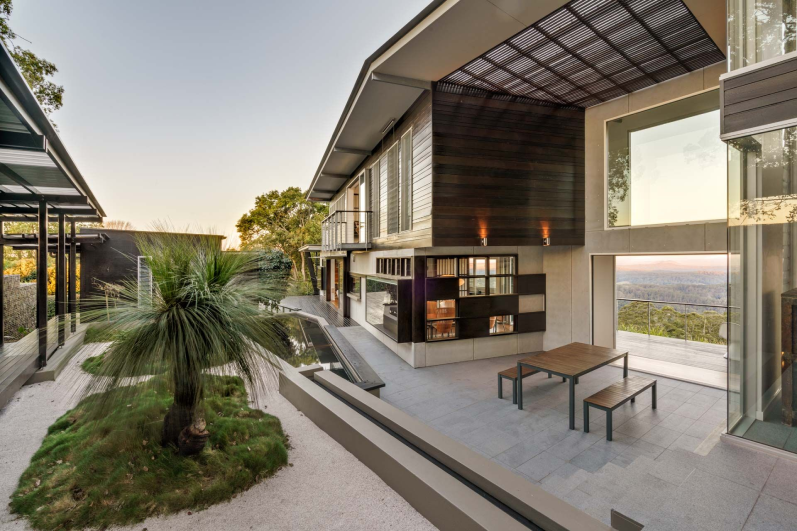The Increased Demand in Rural and Regional Housing

COVID-19 seems to have influenced the housing market, causing people to rethink how to construct their house and where to live.
Being forced to stay indoors has, not only encouraged us to rethink and appreciate how buildings protect us from health risks, but also emphasised the value of green building.
‘Working from home’ has lessened the need for people to live in close proximity to their workplace, as a result more city dwellers moving to regional areas while less regional households moving to cities.
Vacancy rates increased in capital cities
Domain reported that Regional NSW surpassed Sydney in terms of demand for both houses and units, up 30.5% and 25.9% respectively.


Behaviours changed in response to the pandemic are driving impacts across infrastructure sectors, and could persist after the outbreak.

Observed behaviour changed in communities, commutes and use of local businesses.
Around 30% of employees have been working from home to halt the pandemic which means there’s more intense use of local greenspace and demand for local cafes and generally increased local activity.
There is an increased desire to live in green spaces.
Work from home has marginally shifted housing preferences to larger dwellings, as well as increased the desirability of more space for a home office or garden.
As more people accept work-from-home arrangements and the necessity to live close to work decreases, there’s an increased desirability on additional spaces for outdoor areas.
Though the short term impact is noticeable, there’s lack of data evidence to foresee the long term impact of the covid-19 pandemic. If the trend continues people will be utilising this new ‘work from home’ arrangement to relocate to rural communities and upsize their dwelling. This could have a long lasting effect on house prices and vacancies in both city and rural areas.
